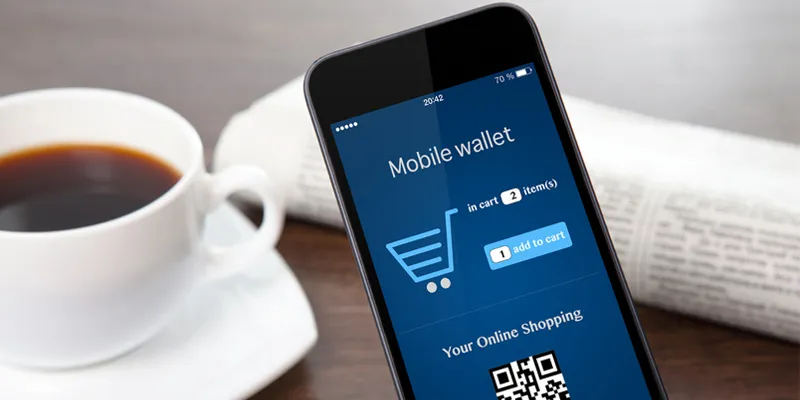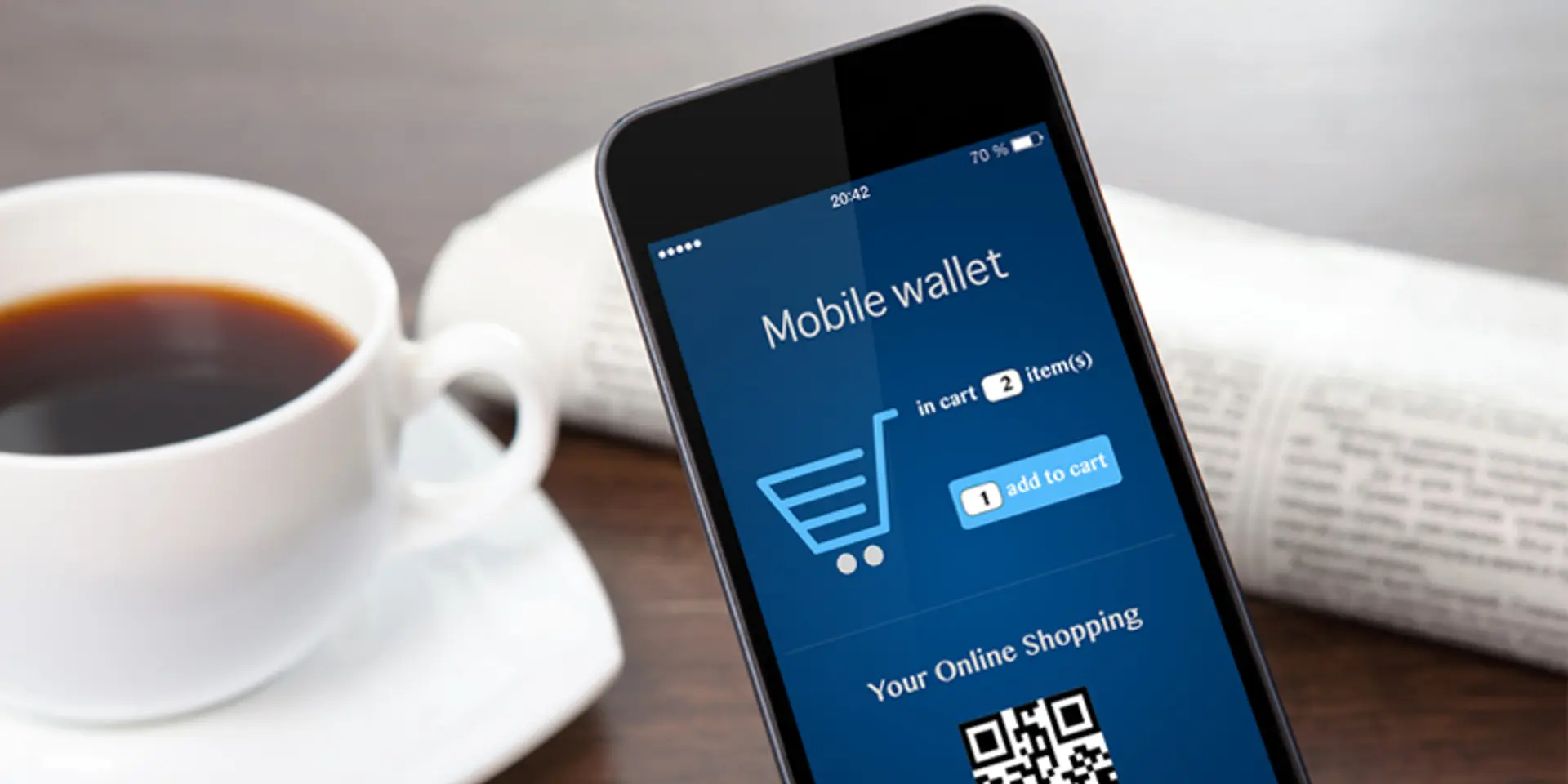Every boon comes with its own bane and technology is not an exception to this adage. Technology, at its very essence, is designed to make our lives convenient and simple, but it has also introduced some threats into our lives, with which we didn’t have to contend before. Today, cyber security and cyber crimes are not uncommon terms. When we talk about mobile payments and digital currency, two things keep propping up as part of the discussion – one is, of course, convenience and ease of use, and the other one is- security.

Image : shutterstock
What are Mobile Wallets?
A mobile wallet is the digital or virtual equivalent of the physical wallet. It is a web-based platform that allows a user to keep money in it, just like a bank account. The primary difference between a mobile wallet and online transactions via a bank account is that, unlike banks, a mobile wallet does not charge any amount of money on transactions and saves the customer from the hassle of entering card details and the pin number for each and every transaction.
Thus, virtual wallets are quite convenient as the user just needs to sign in to the account and make a payment. However, on the other hand, despite the convenience mobile wallets offer, the adoption rates still lag behind what one would expect, primarily because of security and privacy concerns related to their usage. Critical among these are concerns that are related to the financial data stored on the smartphone, in case the handset is misplaced. With credit card and identity theft at an all-time high, there are genuine concerns that using smartphones as mobile wallets might expose one to financial vulnerabilities.
How secure are Mobile Wallets?
Several of these security and privacy issues, however, are unfounded as most wallet providers are putting in efforts to encrypt, tokenise and authenticate user credentials before allowing transactions to proceed. However, it must be considered that no system is foolproof. Interest in this technology is high but it lacks a history and legacy as it is comparatively new, making it prone to a myriad of undiscovered attack vectors.
Mobile wallets are in many ways safer and more secure than our good old cash and plastic money. This is in part due to the way financial information is transmitted between the bank and the application, via a token in place of the customer’s account number. The token is actually an encryption that allows for only the application provider to understand the unique details of each transaction and carry out the transaction instructions. Then why are customers still reluctant to take up mobile payments in a big way?
Building customers’ trust in Mobile Wallets
Trust is exactly what’s needed in order for the technology to flourish. Plastic money has been developed with a secure microchip for transmitting data, but it is, at the heart of it, a physical asset. The challenge is to create a parallel level of security in the virtual world. In an ironic twist, one of the devices that has caused security concerns — smartphones — can serve the goal of security by helping to authenticate users. This is thanks to features such as proximity to Wi-Fi locations, 3G location, GPS data and the number and type of applications on the device that gives a unique profile to each phone. It can be a valuable resource in determining the likelihood of a fraudulent transaction. It also guarantees to streamline the consumer experience in-store by lowering authentication barriers if the consumer is the approved user and raise barriers if the purchasing event is suspicious.
Wallet providers, from their end, can also undertake security measures like ensuring that the full card number is not visible to retailers and merchants at the time of purchase. In case the phone is misplaced, mobile wallet services can be easily rendered redundant. The wallet providers can offer zero liability protection, which means that the bank or financial authority will not hold the customer responsible for reported unauthorised transactions, and 24/7 efficient monitoring and fraud protection services.
What are customers supposed to do to protect their wallets?
Similarly, customers should not download and install wallet apps unless they are from trustworthy sites or click on links shared by friends without checking their authenticity. They should also refrain from shopping online from public computers and should keep strong passwords for accessing mobile banking and apps.
While choosing a password, customers should pick one that isn’t obvious. It is not advisable to use the last four digits of your phone number or your date of birth. Stay away from passwords that could easily be figured out by someone else. It’s also a good idea to use different passwords for different login IDs, instead of using the same password for all mobile banking accounts and apps. That way, if one password is compromised, it won’t put all of your information at risk.
Mobile security apps are a must have as they offer protection against pesky spyware and malware. The apps also feature tracking for lost or stolen mobile phones and warn you about apps on your phone that can access your location and personal data. Moreover, customers should refrain from storing their credit and debit card details, which many do to speed up the payment processing and several e-commerce websites facilitate that as well.
Mobile Wallets have a promising future
Once security and privacy issues are taken care of, customer confidence is bound to seep in and adoption rates are bound to rise. The future looks promising. According to a TechSci Research report, “India Mobile Wallet Market Opportunities and Forecast, 2020”, the mobile wallet market in India is projected to reach $ 6.6 billion by 2020. The market in India is projected to exhibit exponential growth during the forecast period on account of rising smartphone penetration, a growing mobile internet user base, and increasing government support. In addition, mobile wallet companies operating in India are also offering attractive deals and incentives to attract new users.







